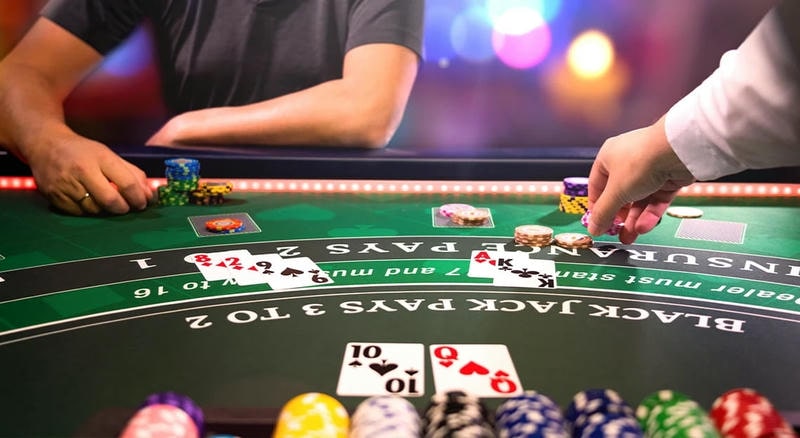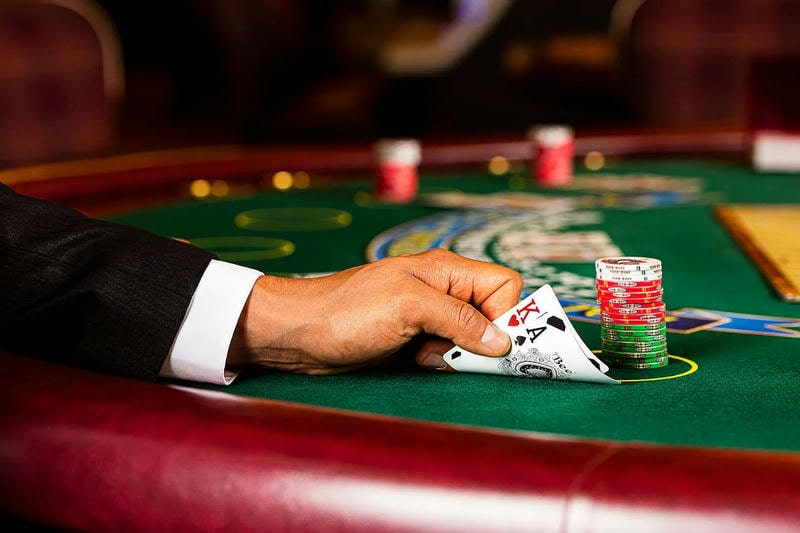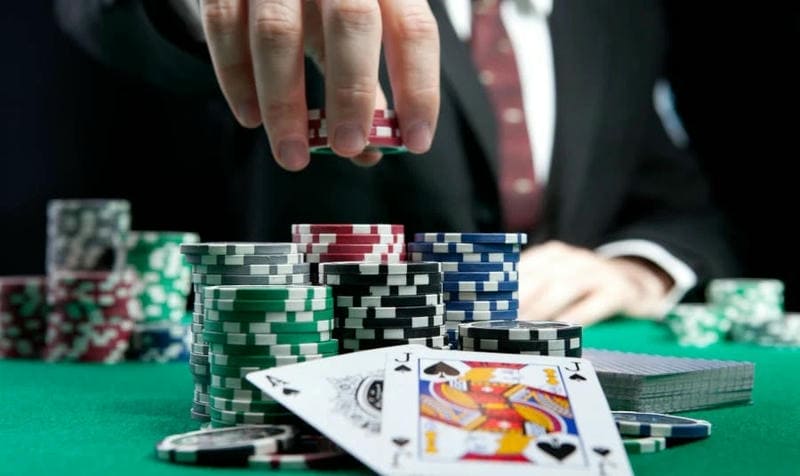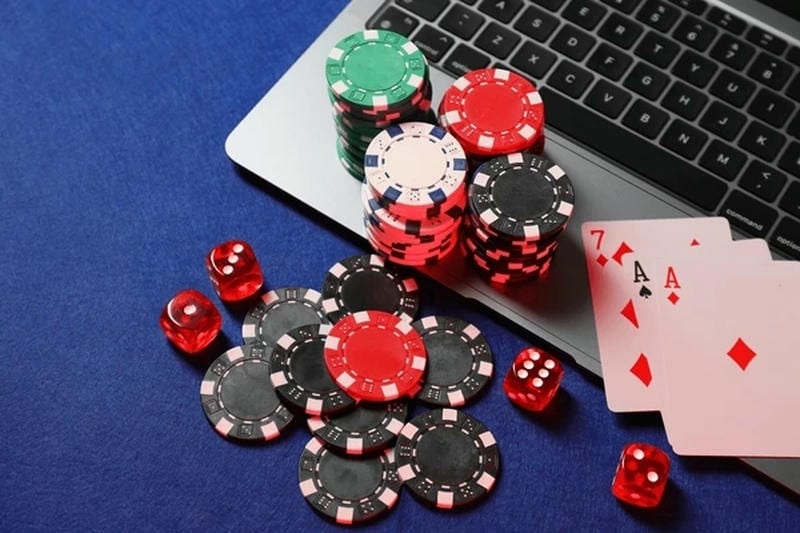Blackjack is a game of skill, strategy, and a touch of luck, captivating players worldwide, including those at platforms like 91club. Knowing when to hit, stand, double down, or split can significantly boost your odds of beating the dealer. This guide dives into the nuances of these decisions, offering clear, actionable strategies tailored for both beginners and seasoned players. By mastering these choices, you can elevate your gameplay and make every hand count.
Master the art of hitting in blackjack
Hitting is the act of taking another card to improve your hand’s total. It’s a decision that requires balancing risk and reward, as going over 21 results in a bust. Understanding when to hit can tilt the odds in your favor.
When your hand is weak
If your hand totals 8 or less, hitting is almost always the best move. For example, with a 6 and a 2, your total is 8, far from 21, and the risk of busting is low. Statistically, 70% of hands under 9 improve significantly with a hit. Even with a soft hand (one including an Ace counted as 11), like Ace-6 (totaling 17), hitting is often wise if the dealer’s upcard is strong, such as a 9 or 10.

Dealer’s upcard matters
The dealer’s visible card heavily influences your decision. If they show a 7 through Ace, their chances of having a strong hand (17-21) are about 60%. In this case, hitting on totals like 12 or 13 becomes necessary to compete. For instance, if you have a 12 and the dealer shows a 10, hitting could land you a 9, bringing you to 21. But if the dealer shows a weak card (4-6), their bust probability increases to 40%, so you might reconsider hitting on borderline totals.
Stand strategically to hold your ground
Standing means keeping your current hand and letting the dealer play out theirs. It’s about confidence in your total and reading the dealer’s potential.
Strong hands that hold up
If your hand totals 17 or higher, standing is often the safest choice. For example, a hard 17 (like 10-7) has a 92% chance of avoiding a bust, making it a solid stand. Soft hands, like Ace-8 (totaling 19), also favor standing, as the risk of worsening your hand outweighs potential gains. Data shows that standing on 17+ against a dealer’s 2-6 upcard wins 65% of the time.
Reading the dealer’s weakness
When the dealer’s up card is 4, 5, or 6, their bust rate spikes to 42-44%. If you hold a 12-16, standing can exploit this vulnerability. For instance, with a 15 against a dealer’s 5, standing lets the dealer risk busting while you hold steady. But against a dealer’s 10 or Ace, standing on a low total like 15 is riskier, as their hand is likely stronger. Next, let’s explore doubling down, a bold move that can amplify your winnings when timed right.
Double down for bigger wins
Doubling down allows you to double your bet in exchange for one additional card, a high-risk, high-reward play. Knowing when to use it can transform a good hand into a great payout.
Ideal doubling scenarios
The best time to double down is with a total of 10 or 11, especially when the dealer shows a weak card (2-9). For example, with a 10 (like 6-4) against a dealer’s 6, doubling down capitalizes on your 74% chance of hitting 19-21. At platforms like 91club, where blackjack variants like European or Atlantic City rules are popular, doubling on 11 against a dealer’s 10 can yield a 60% win rate.

Soft hands and doubling
Doubling on soft hands (Ace-2 to Ace-6) can be effective against a dealer’s 5 or 6. For instance, with Ace-4 (soft 15) against a dealer’s 6, doubling down leverages the dealer’s 42% bust probability. However, avoid doubling on soft 18 or higher, as the risk often outweighs the reward.
Split smartly to maximize opportunities
Splitting pairs allows you to create two separate hands, each with its own bet. This move can increase your chances of winning but requires careful judgment.
Always split these pairs
Always split Aces and 8s. A pair of Aces gives you two chances at blackjack (21), with a single card draw per hand, boosting your win rate by 52%. Splitting 8s (totaling 16) avoids one of the worst hands in blackjack, as hitting 16 has a 62% bust risk. For example, splitting 8s against a dealer’s 9 creates two hands with better odds of reaching 18-19.
Pairs to avoid splitting
Never split 10s (like 10-10 or King-Queen), as a total of 20 is already a powerhouse with an 88% win probability. Similarly, avoid splitting 4s or 5s; 4s are too weak to split effectively, and 5s (totaling 10) are better suited for doubling down. Against a dealer’s 7 or higher, splitting 2s or 3s is also risky, as the dealer’s strong hand reduces your edge.

Blackjack variants and splitting
In some blackjack variants, like those found at 91club, splitting rules vary. For instance, in Spanish 21, splitting Aces might allow multiple hits, increasing your flexibility. Always check the specific rules, as they can shift your strategy. For example, if re-splitting is allowed, splitting 3s against a dealer’s 4 can yield a 55% success rate.
Navigating blackjack’s key decisions—hitting, standing, doubling down, or splitting—unlocks the game’s true potential. By reading the dealer’s up card and applying strategic choices, you can tilt the odds in your favor. Practice these tactics at venues like 91club, where diverse blackjack variants challenge your skills. With every hand, you’re not just playing—you’re outwitting the deck, one calculated move at a time.

